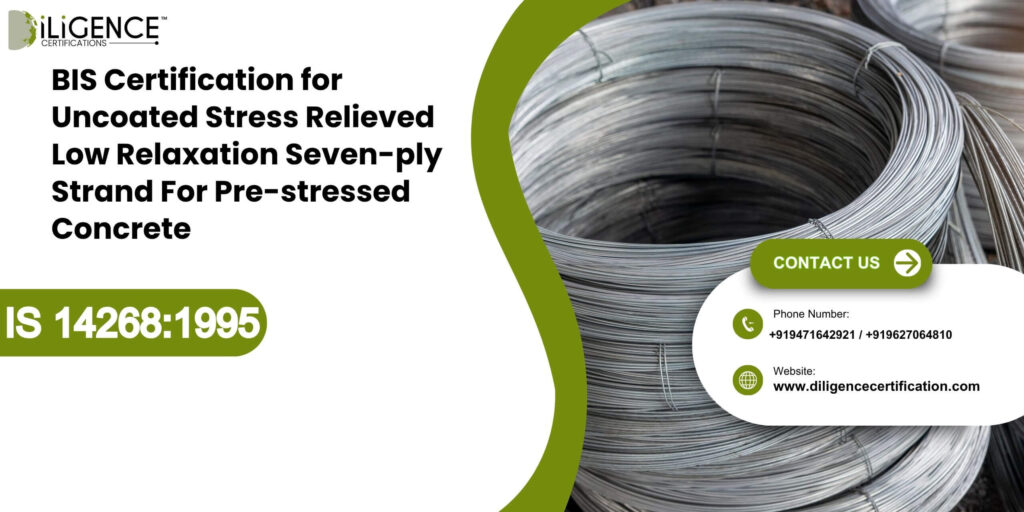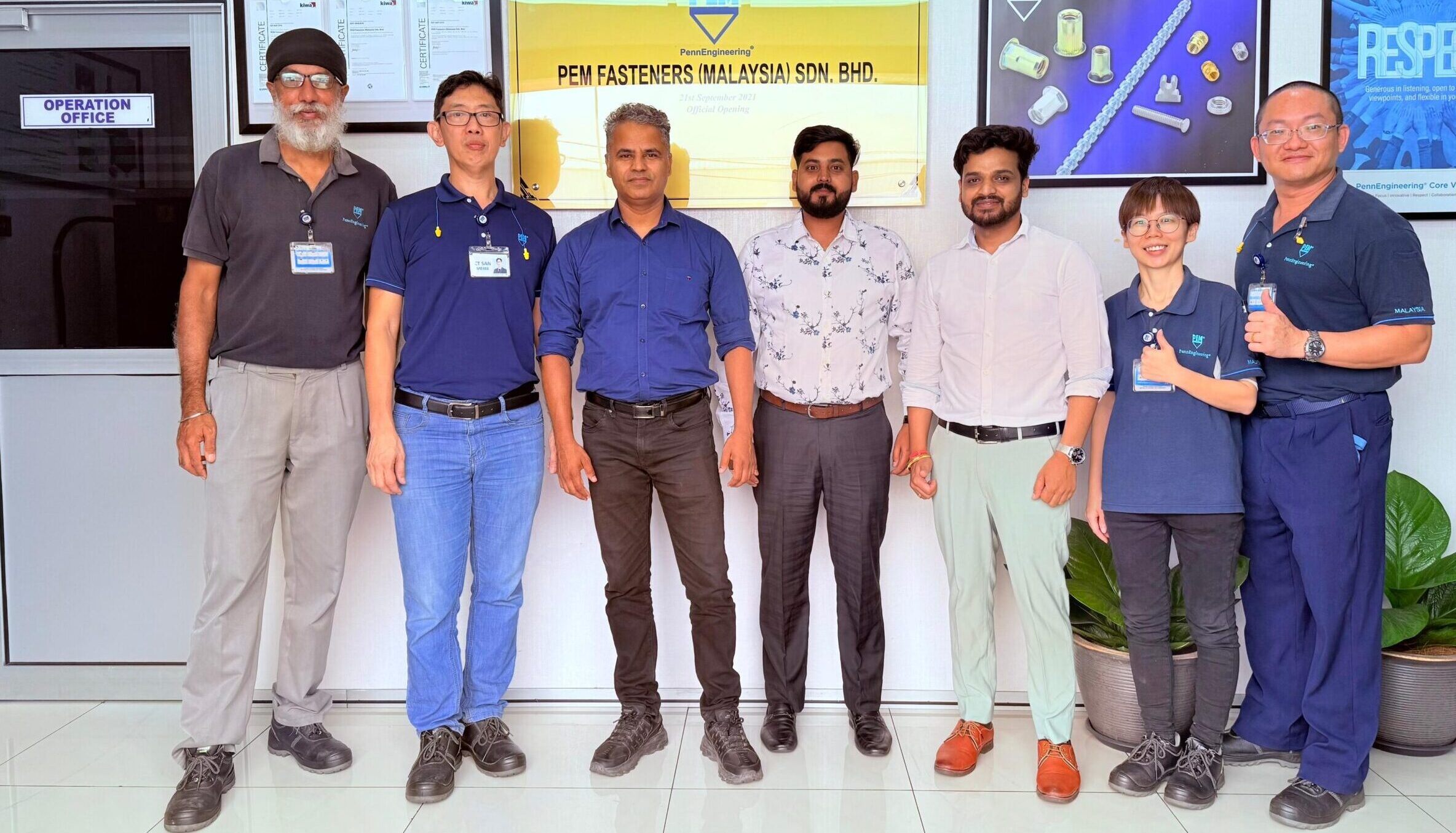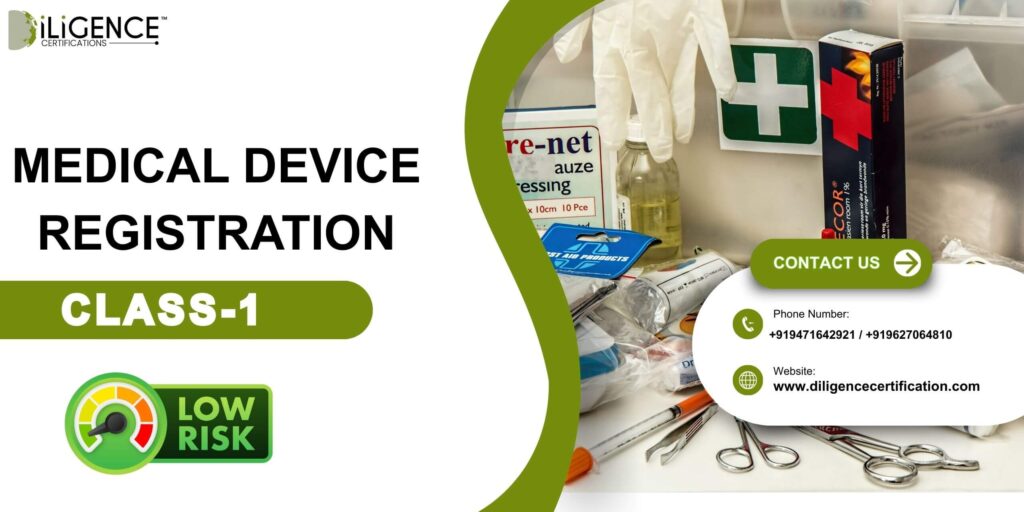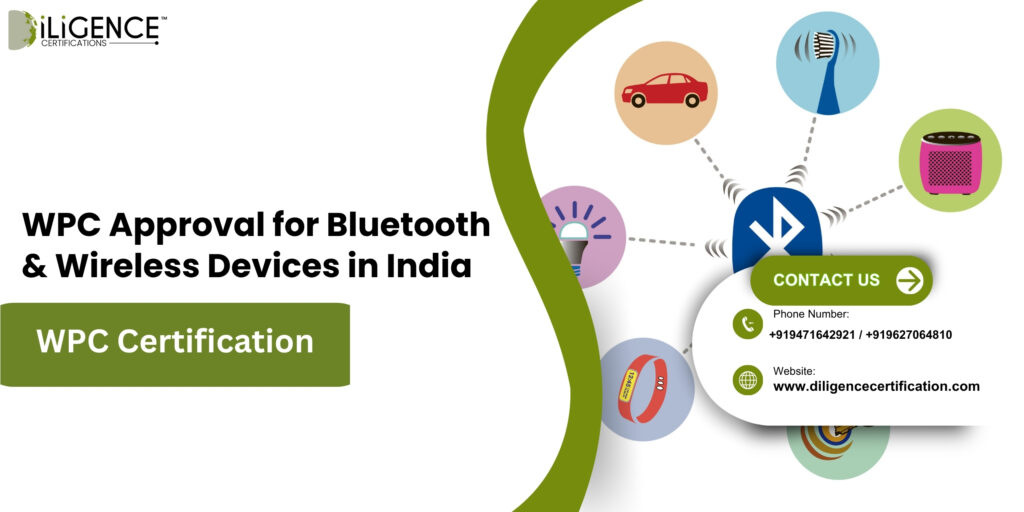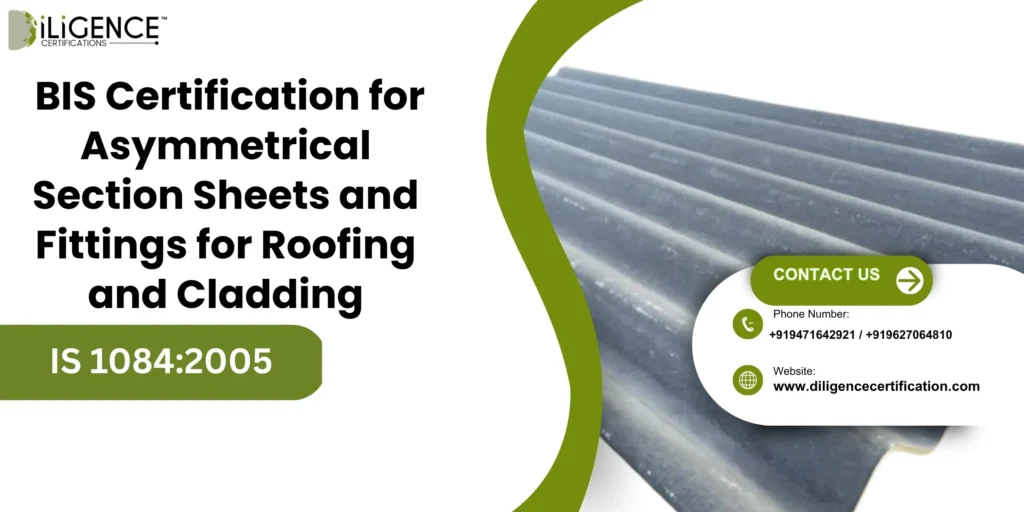- Imposition of conformity to standards ensures that the strands are of good quality as per BIS standards under IS 14268:1995 for pre-stressed concrete.
- Technical safety features assure low relaxation, high strength, and long-term durability.
- Market necessity makes BIS certification mandatory for government and infrastructure projects
- Quality assurance is done through in-house lab testing, traceability, and BIS licence marking.
- Business leverage creates customer loyalty, risk reduction, and facilitates project approval.
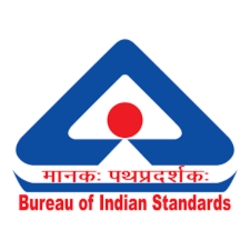
Introduction
When a bridge contractor in Gujarat had strand failures during post-tensioning, they followed the problem to the use of uncertified steel. The coils did not have any proof that they were in compliance with IS 14268:1995 – the main standard for uncoated, stress-relieved, low-relaxation seven-wire strands for pre-stressed concrete. This incident made the company change its policy to only BIS-certified materials for all the upcoming works. The use of strands certified under this standard in the infrastructure sector, India, where the lifespan of bridges, metro viaducts, and flyovers, is very much dependent on the quality of prestressing, is not a matter of choice – it is a prerequisite for safety and obtaining the necessary permits. Bureau of Indian Standards
What is IS 14268:1995?

IS 14268:1995 is the Indian Standard that specifies the requirements for uncoated, stress-relieved, low-relaxation seven-wire steel strands used in pre-stressed concrete. It ensures the material’s strength, durability, and long-term performance in critical structures like bridges and flyovers.
Key Points:
- Covers uncoated seven-wire strands for pre-stressed concrete.
- Specifies chemical and mechanical properties for quality assurance.
- Defines testing methods for strength and relaxation loss.
- Requires BIS certification and Standard Mark for compliance.
- Ensures safety, reliability, and consistency in construction projects. ISI MARK
Why is BIS Certification Mandatory
BIS certification is a must for uncoated stress-relieved low-relaxation seven-wire strands as per IS 14268:1995 because ultimately it is a safety measure that provides security to the user. It is a prerequisite that accepts only safe, reliable, and conforming to minimum Indian standards construction and infrastructure projects in India. These wires are the main components that transfer the load to the concrete in pre-stressed concrete structures, hence the need for close regulatory control.
Key Reasons:
- Quality Assurance: Makes sure that the product complies with the standards set by BIS for various parameters like tensile strength, relaxation, and durability.
- Regulatory Compliance: Being listed under the Steel and Steel Products (Quality Control) Order stipulates that obtaining the certification is necessary by law for production and sale in India.
- Public Safety: Ensures safety is put first by hindering the occurrence of structural collapse resulting from materials of inferior quality used in the extreme case of bridges and flyovers.
- Market Authorization: Manufacturers who are only granted a BIS license for the concerned product are allowed to supply or export the strands under IS 14268:1995 legally.
- Client Confidence: Acts as a seal of approval to buyers, EPC contractors, and government agencies that the product is tested, traceable, and certified by BIS.
Importance & Benefits of BIS Certification
| Importance | Benefits |
| Ensures compliance with IS 14268:1995 standards | Guarantees high strength, durability, and low relaxation performance |
| Mandatory under BIS Quality Control Order | Allows legal manufacturing and sale in India |
| Essential for infrastructure and government projects | Increases acceptance in public and private sector contracts |
| Maintains uniform product quality and testing | Reduces chances of defects, rework, and structural issues |
| Confirms credibility of manufacturer | Builds client trust and improves market reputation |
| Aligns with international quality norms | Supports export eligibility and global recognition |
Step-by-Step Process of BIS Certification

Step1:Documentation
- First of all, collect the necessary documents like factory layout, quality control plans, test reports, and raw material specifications.
- Additionally, the records of manufacturing processes, equipment calibration, and staff qualifications should be ensured to be updated.
- Product drawings and process flow diagrams should be prepared as per IS 14268:1995 requirements.
- Also, keep copies of the previous test data or third-party lab reports for your convenience during the inspection.
Step2:Product Testing
- The product’s samples have to be sent for testing to a BIS-recognized or a NABL-accredited laboratory.
- The tests should include mechanical strength, elongation, relaxation loss, and chemical composition.
- It is highly recommended that the sampling and testing be carried out in accordance with the BIS Product Manual for IS 14268:1995.
- Once the test is done, review the test results thoroughly to make sure to submit them only if they meet the full requirement of the standard.
Step3:Application Submission
- By means of the BIS portal submit the online application together with the test reports, documents, and the prescribed fees.
- In a clear way, describe the product details, size range, and the intended scope of certification.
- Make sure that you upload all the required attachments in the proper format so that your application will not be rejected.
- Use the BIS dashboard to keep track of your application status and get updates or responses to your queries.
Step4:Scrutiny and Inspection
- BIS officials check the documents submitted by the applicant and ensure that the
- A factory inspection is scheduled to evaluate the production capability, lab setup, and quality assurance system.
- The inspector examines the testing equipment, calibration records, and
- methodology of sampling.
- Non-conformities that have been identified must be rectified and verified before the next stage.
Step5:Grant of License
- Once product and process compliance are confirmed, BIS issues the ISI licence under IS 14268:1995.
- The manufacturer can then mark the product with the Standard Mark (ISI logo) and licence number.
- Maintain regular in-house testing and recordkeeping as part of the surveillance process.
- Renewal and periodic inspections ensure continuous compliance and market credibility.
Documents required for BIS Certification
| Document | Purpose |
| Application Form | Basic product and manufacturer details |
| Test Report | Confirms compliance with IS 14268:1995 |
| Factory Layout | Shows production and testing setup |
| Quality Manual | Describes QC system and procedures |
| Process Flow Chart | Outlines manufacturing steps |
| Raw Material Details | Specifies source and composition |
| Calibration Certificates | Verifies accuracy of test equipment |
| Company Registration Proof | Confirms legal manufacturing entity |
| Authorisation Letter | Appoints BIS contact person |
Timelines, Costs, Validity & Renewal
- The timeline for BIS certification under IS 14268:1995 is about 30–60 days based on testing and inspection.
- Cost includes fees for application, testing, inspection, and licensing, varying by product scope.
- Validity of the licence is two years from the issue date.
- Renewal, apply 30 days before expiry with updated test and compliance records.
Why Choose Diligence Certifications
Diligence Certifications is an advisory firm accredited by BIS for obtaining certification under IS 14268:1995. They deliver the entire assistance from the preparation of the file to the obtaining of the licence.
Main Reasons:
- Expert Guidance: Knowledgeable experts, familiar with BIS procedures and product standards, provide guidance.
- End-to-End Support: Documentation, testing coordination, inspection preparation, and application tracking are the areas where they assist you.
- Time Efficiency: The certification process is carried out in a well-organized manner so that manufacturers can get their certification in the shortest possible time.
- Error-Free Documentation: Filling the documents properly and aligning with the requirements reduces the chances of getting a rejection or facing a delay.
- Post-Certification Support: Support is always available for renewals, inspections, and scope extension.
- Trusted by Industry: The company has a track record of success with clients in the steel, construction, and infrastructure sectors.
Conclusion
A BIS Certification to IS 14268:1995 is a guarantee that the seven-wire strands for pre-stressed concrete are in line with the safety and quality requirements set by India. Such a certification is instrumental in securing the performance of the structure, enhancing the product’s reputation in the market, and is a must-have for government and infrastructure projects. In effect, it is a certification that manufacturers are welcomed in supply chains, whereas contractors are assured of the trustworthiness of the materials. With professional assistance from Diligence Certifications, getting and renewing BIS approval is always an easy, lawful, and trouble-free process.
Frequently Ask Questions
What is BIS Certification under IS 14268:1995?
Obtaining a BIS Certification under IS 14268:1995 is the main factor for manufacturing uncoated, stress relieved, low-relaxation seven-wire strands used in pre-stressed concrete that meet the required Indian standards of quality, safety, and performance. The certification allows manufacturers to depict the Standard Mark (ISI logo) on their products.
Why is BIS Certification mandatory for these steel strands?
BIS certification is compulsory as per the Steel and Steel Products (Quality Control) Order. This enactment guarantees that products will follow safety and performance standards and will be free from defects, thus, making structural failure unlikely and restricting the production and selling of these strands to only those manufactures who have been issued a certification in India.
Who needs to obtain BIS Certification under IS 14268:1995?
Any manufacturer, be it Indian or Foreign, that makes uncoated, stress relieved, low-relaxation seven-wire strands and sell or supplies or exports them to India must get a BIS license before advertising their products.
Any manufacturer, be it Indian or Foreign, that makes uncoated, stress relieved, low-relaxation seven-wire strands and sell or supplies or exports them to India must get a BIS license before advertising their products.
The product is subjected to tests for tensile strength, elongation, relaxation loss, ductility, and chemical composition. Tests have to be done at a laboratory recognized by BIS or accredited by NABL, and be in line with the methods given in the standard.
How long does the BIS certification process take?
The full procedure-from filing the paperwork to receiving the license-usually takes a month or two (30-60 days), that is dependent on product testing, inspection scheduling, and non-conformity correction.
The full procedure-from filing the paperwork to receiving the license-usually takes a month or two (30-60 days), that is dependent on product testing, inspection scheduling, and non-conformity correction.
A BIS permit lasts for a duration of two years. Producers should request a renewal 30 days prior to the expiration date, submitting recent laboratory test reports, records of compliance, and paying the respective fee for renewal.
A BIS permit lasts for a duration of two years. Producers should request a renewal 30 days prior to the expiration date, submitting recent laboratory test reports, records of compliance, and paying the respective fee for renewal.
The list of important documents comprises an application form, a product test report, the layout of a factory, quality manual, process flow chart, details of the raw materials, the calibration certificate, and the company registration proof.
The list of important documents comprises an application form, a product test report, the layout of a factory, quality manual, process flow chart, details of the raw materials, the calibration certificate, and the company registration proof.
A violation of the Quality Control Order is the selling or the distributing of uncertified strands, and this can only bring about a series of punishments, such as fines, legal procedures, and operational suspension conducted by the authorities that regulate the issue.
How does BIS certification benefit manufacturers and buyers?
BIS certification is beneficial to the manufacturers in the sense that it will assure a legal compliance which will open the door to a more extensive market and thus the trust of the customers. On the other hand, buyers and contractors get the opportunity to have a guarantee system where the materials used are quality tested, traceable, and high-grade, thus greatly reducing the risk of structural failure.
BIS certification is beneficial to the manufacturers in the sense that it will assure a legal compliance which will open the door to a more extensive market and thus the trust of the customers. On the other hand, buyers and contractors get the opportunity to have a guarantee system where the materials used are quality tested, traceable, and high-grade, thus greatly reducing the risk of structural failure.
Diligence Certifications is the one-stop solution that very effectively handles your entire documentation, testing, and inspection activities while facilitating post-certification support so that you experience a smooth and timely approval of BIS without any hassle or delay.






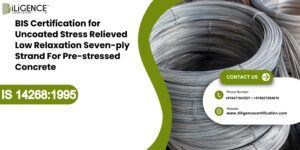

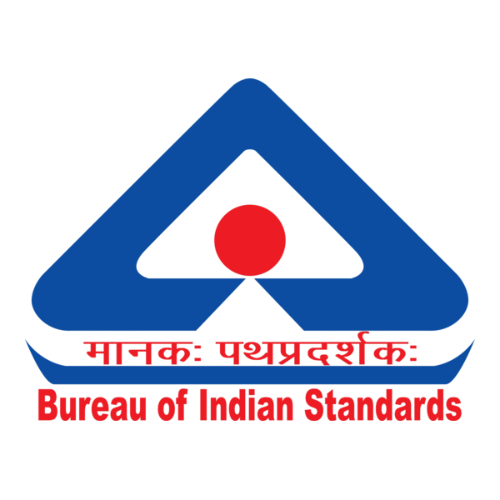 BIS Certification
BIS Certification
 CDSCO
CDSCO
 CPCB
CPCB
 LMPC
LMPC
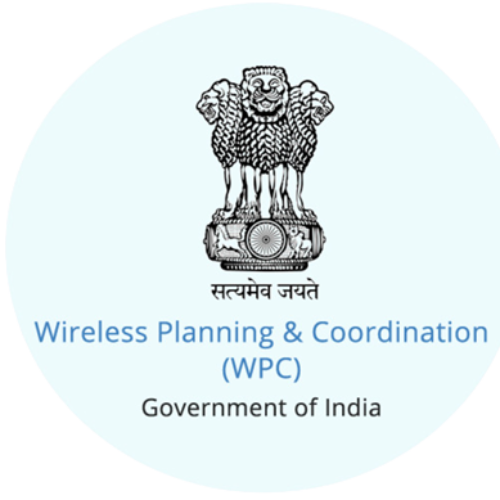 WPC Approval
WPC Approval
 Global Approvals
Global Approvals
 TEC
TEC
 ARAI
ARAI
 BEE
BEE
 ISO Certification
ISO Certification
 Drone Registration
Drone Registration
 NOC For Steel
NOC For Steel



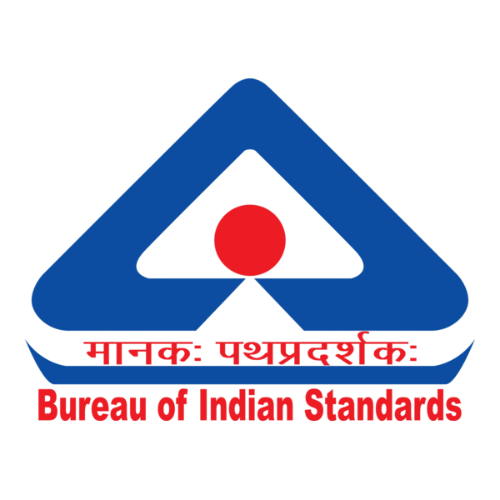




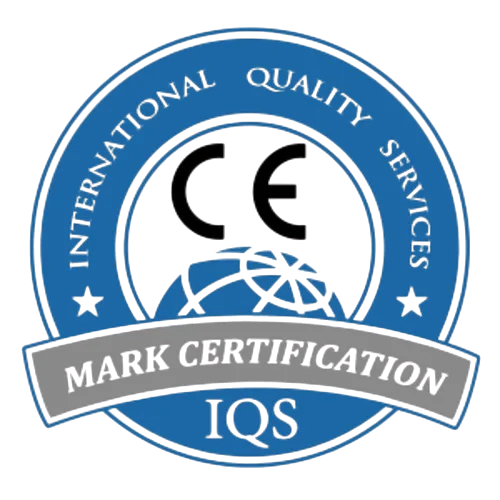


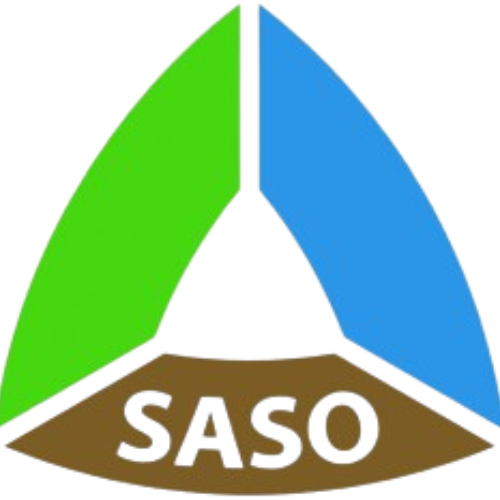


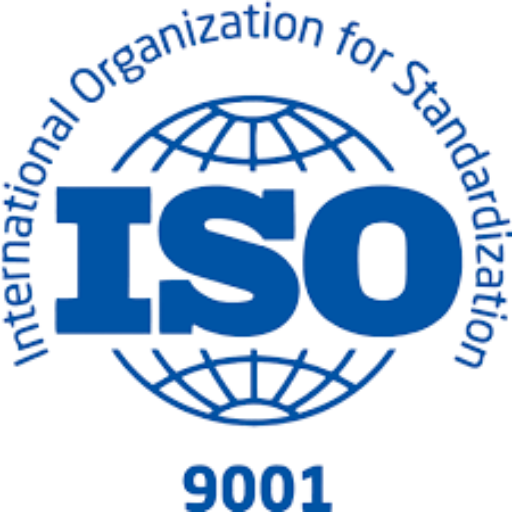
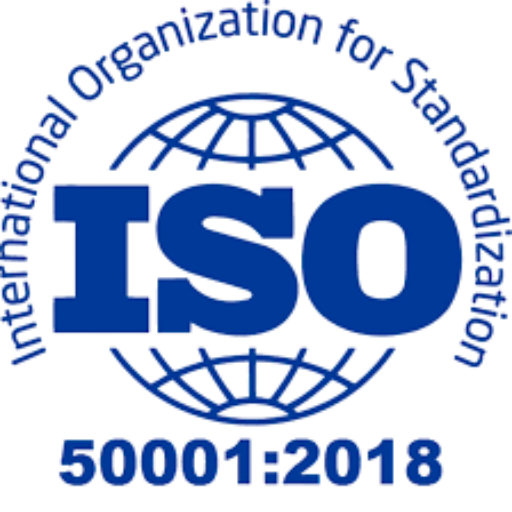

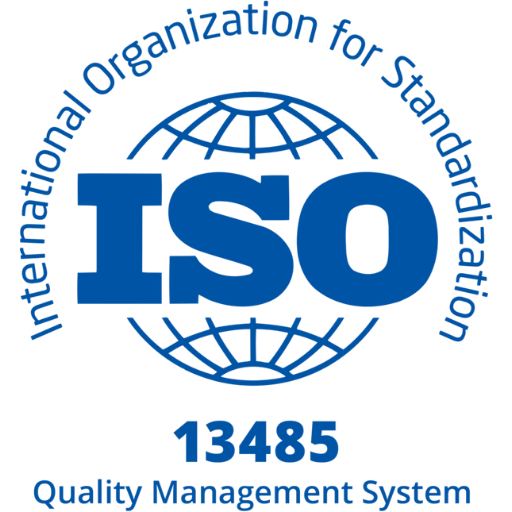

 Business Registration
Business Registration












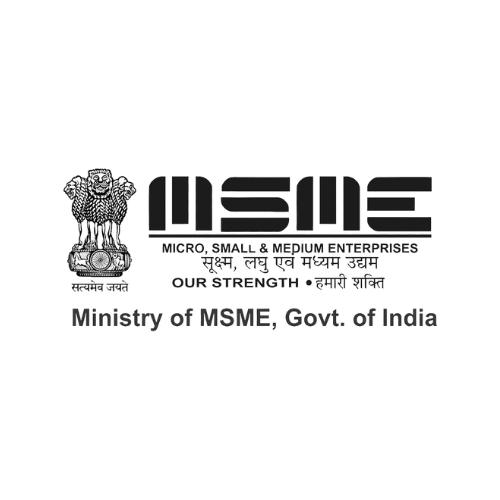

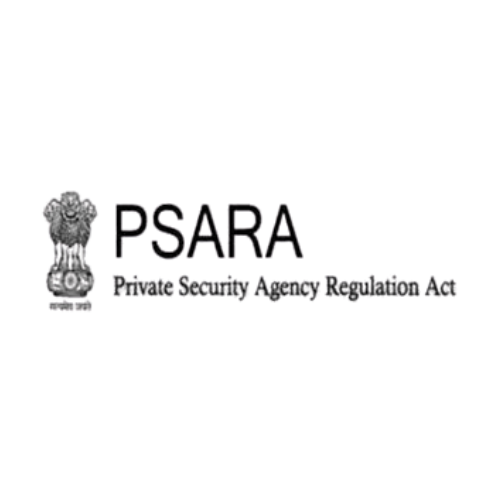
 Legal Services
Legal Services
